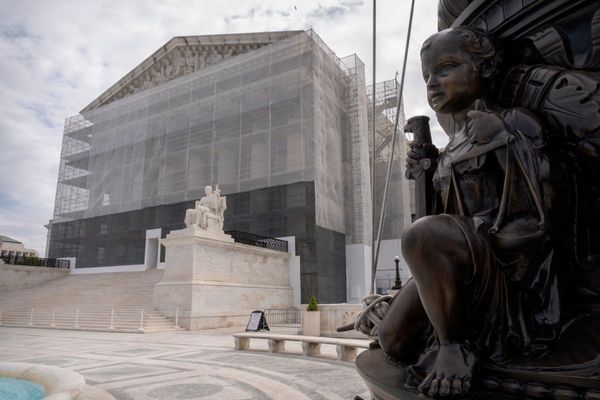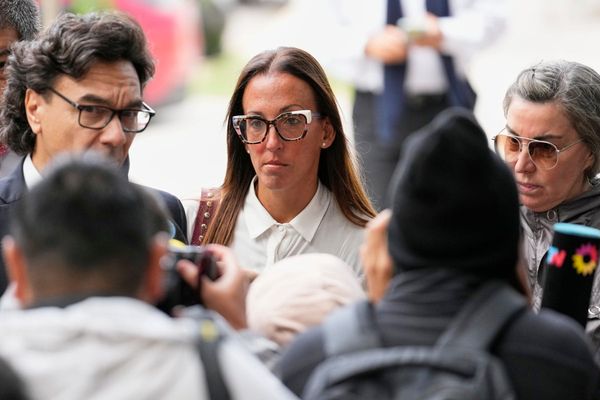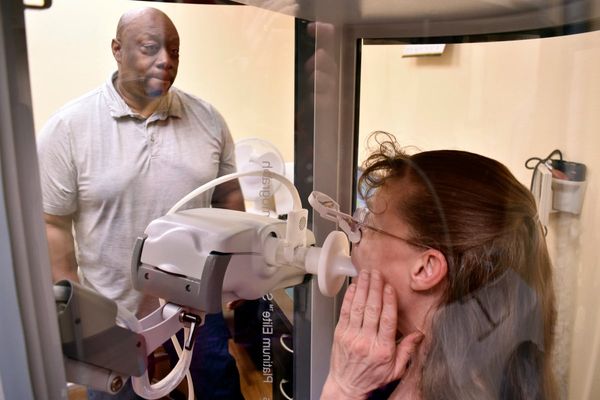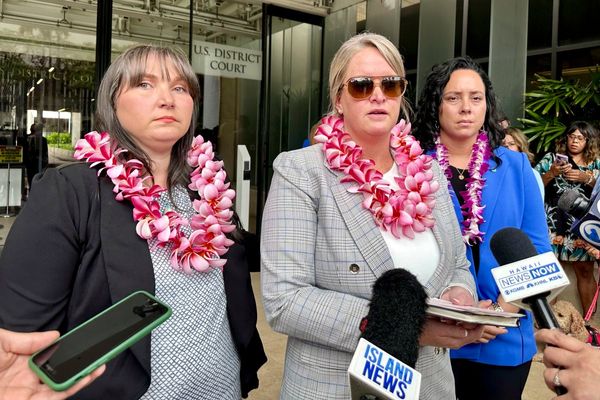
I suppose there are worse things to go into debt for?
Aussie families are now going into hock to pay their private school fees, and one big bank is betting on that becoming an even bigger trend.
NAB’s annual report was released today and tucked away inside it was the revelation that its “venture arm” had invested yet more into school-fee lender Edstart, which puts families into debt to cover private school costs.
No prizes for guessing the pioneering lender is having a good year with the rising cost of living. Families with private school fees are also often saddled with a mortgage, meaning they are getting squeezed on all sides.
“We get high-earning parents on $200,000 to $300,000 a year coming to us.” Said Edstart CEO Jack Stevens in 2017.
I bet there are even higher earners on his books now.
Edstart began in 2016 and branded itself as “fintech” — an online lending platform with clever technology. But at its heart it is a finance business, making unsecured loans for what can be a very large expense.
Australia is the most private school-obsessed country in the world, and fees can be very high.
Melbourne Grammar School fees are $38,940 for a local Year 12 student — higher for boarding and for overseas students. But to be fair, schools like that educate a relative handful of kids. The bulk of private schools charge far less. The median school fee in Victoria is $12,940.
Still, it’s no wonder Australia is leading the world in lending for secondary schools. We are far above the OECD average for the share of students attending non-government schools.
The government sector educates the most students in Australia, but its importance is shrinking. The independent school sector is growing fast and closing the gap. Over one-third of all school students are now at non-government schools:
It’s a kind of pathology in our country: public schools are increasingly for people who can’t afford private school, plus the true believers. Now this lender is picking off people from that first group.
The above chart shows the overall trend, but there are fascinating differences in the details. People are far more likely to attend a public primary school, but as high school approaches, the private schools begin to beckon.
By the time you look at Year 12, there are almost as many students in non-government schools as in government schools, especially in NSW and Victoria:
SA likes private early primary, while the ACT takes the crown for most private schooling through the middle years. But the ACT’s peculiar system of Year 11 and 12 colleges syphons students back into the public system by the end of high school — leaving Victoria as the state with the most private school students by the end of Year 12.
Cost rising faster than inflation
The cost of education has risen far faster than inflation in Australia over the past few decades. One theory is that schools know families will draw on more than just their salary to pay school fees, so fee rises are more akin to property price rises than wage inflation:
Right now, a lot of families are looking at the commitments they made to the bank for their mortgage and to the school for school fees, and getting worried. It’s a perfect time for a company like Edstart.
Edstart is run by a man called Jack Stevens. He didn’t respond to my questions before deadline, but his LinkedIn suggests he went to Bond University (a famously high-fee institution!).
The company lets parents pay back school fees as much as five years after the kid has left school, charging interest rates of 5.9% to 12.9%. That’s better than a credit card, but not as cheap as taking money out of your mortgage offset account.
NAB has invested three times into Edstart as the company has done multiple funding rounds.
Lending for consumption is rising, and have no doubt this is consumption, for the parents, not an investment. An investment would lead to income for them, or appreciate. It’s more like a car loan than a mortgage from the financial perspective of the parents.
It’s also different from our more familiar kind of education loan: HECS. HECS is paid off by the person who gets the income bump, and only if they get that bump. Some kids could be racking up HECS debts while their parents still owe Edstart for their secondary education.
And the reason many parents would be paying for a private secondary education they can barely afford? University entrance is skewed toward private school graduates. This time of year is exam time for final-year students, and if the results of previous years are any guide, the best Year 12 marks will be taken home by students of non-government schools.
The top performing Victorian school in Year 12 last year was Ballarat Clarendon College (fees $22,470 for a Year 12 student in 2024). Over half of the entrants to Melbourne University come from private schools.
No wonder parents are willing to stretch themselves to get what they hope will be the best education. And no wonder big financial firms are investing in lending to those people. It’s potentially an enormous growth area.
Are you feeling the pinch of private school fees? Or do you think Australia’s obsession with non-government schools is unhealthy? Let us know by writing to letters@crikey.com.au. Please include your full name to be considered for publication. We reserve the right to edit for length and clarity.







